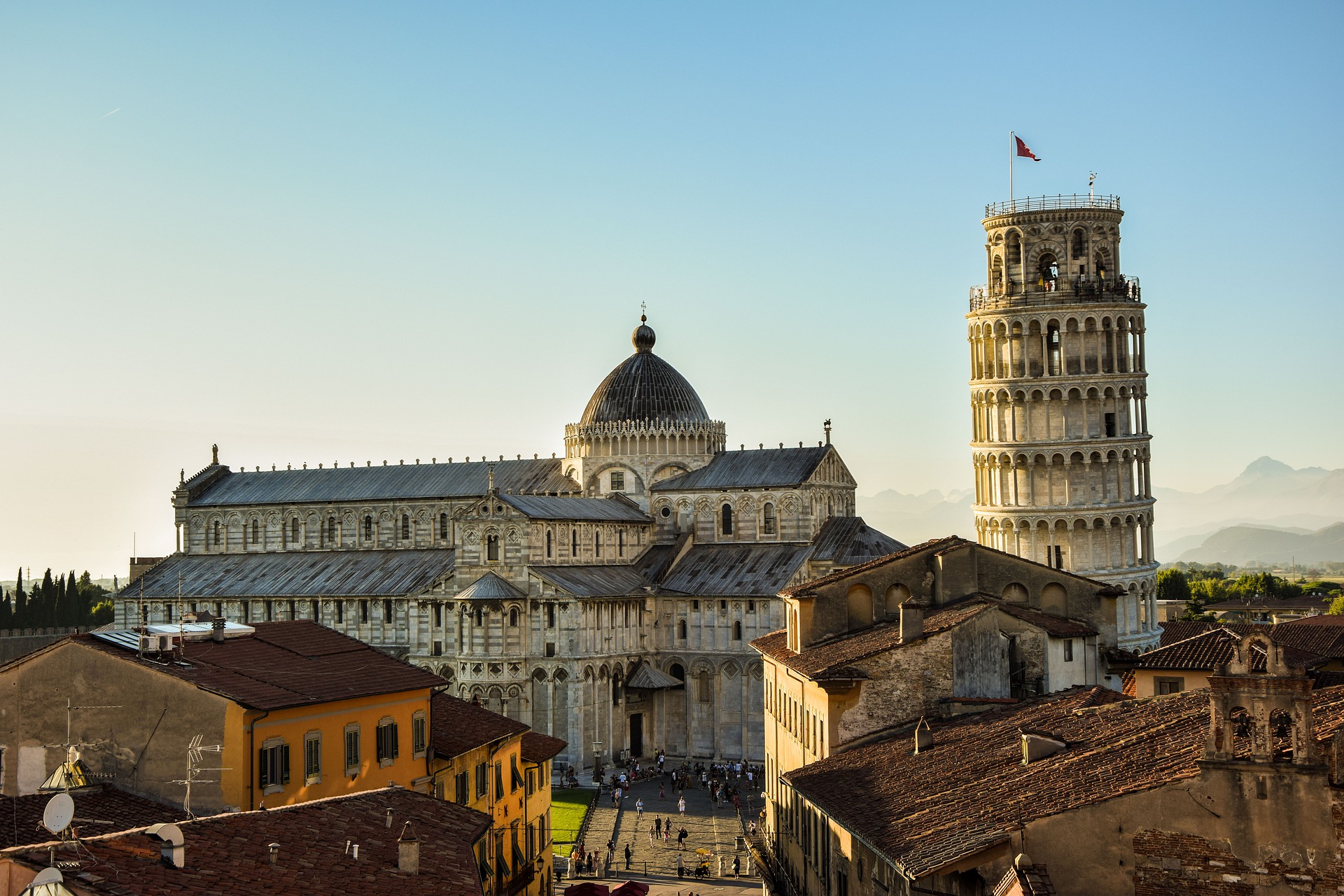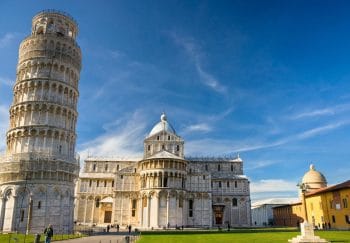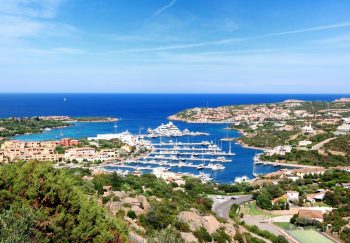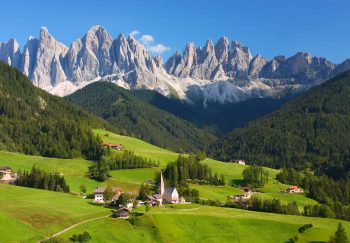When someone says Pisa, they immediately think of the tower that leans over Pisa in Tuscan. Pisa played a significant role in the western Mediterranean for a lot of the Middle Ages. Trade was very important with North Africa and Spain. This sparked a cultural revolution that resulted in the construction of prominent structures like the Duomo and Baptistery. Pisa was defeated in Genoa, a port city in the thirteenth century. This brought about a period of decline. The city was even taken over by Florence in the fifteenth century.
Pisa has a rich past that should be remembered. Pisa is located in the Italian Tuscany and is the capital of Pisa province. Pisa is home to approximately 90,000. It has a favorable position on the River Arno. Pisa is today a major student city. Galileo Galilei is one of the most well-known people to have studied in Pisa. The Leaning Tower in Pisa is the most well-known landmark of Pisa. It has been sinking into the marshy wetlands for many years. The city is thriving because of the thousands of tourists who come each year. There is more to see than the Piazza dei Miracoli with its Pisa tower.
Landmarks of Piazza dei Miracoli
You should see the whole Piazza dei Miracoli before you plan a trip to Pisa Italy. The whole square refers to looking beyond the Campanile of Pisa. You will also find the beautiful Duomo and Camposanto on the square. Here are the top ten most beautiful tourist attractions of Pisa.
1. Leaning Tower at Pisa
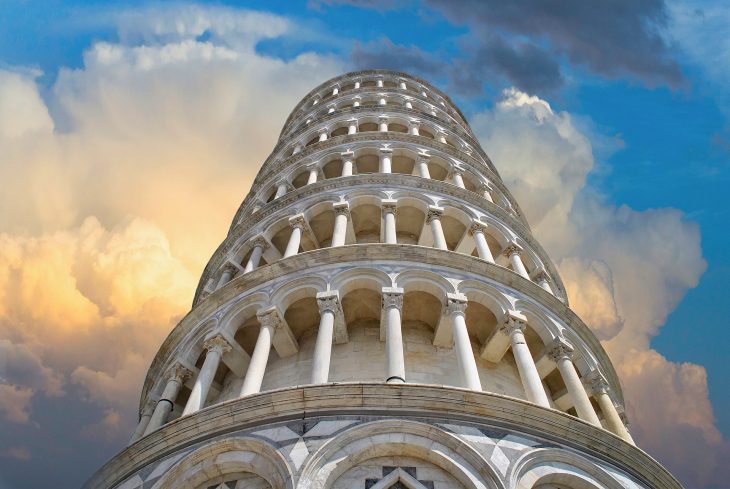
The campanile, or freestanding bell tower of Pisa, is well-known to most people. Torre Pendente was constructed on swampy ground in 1173. The tower began to collapse after the third floor was added. Construction continued and the building was completed in 1350. Numerous interventions have been made to lower the tower’s slope. The building is now safe and easily accessible for the public. The tower, measuring 56 meters in height, was originally part of the Duomo. It is also located at Piazza Dei Miracoli.
How to book tickets: Do you want to climb the Leaning Tower in Pisa? To avoid waiting periods and annoying wait times, it is a good idea to book tickets ahead of time during high season. This “fast track” ticket also gives you access to the cathedral. A special combi ticket is required to visit other attractions on the square, such as the Baptistery and Camposanto cemetery, or the museum, or the cathedral. An ‘all-access ticket’ is also available that covers all of the highlights.
2. Duomo (Cathedral)
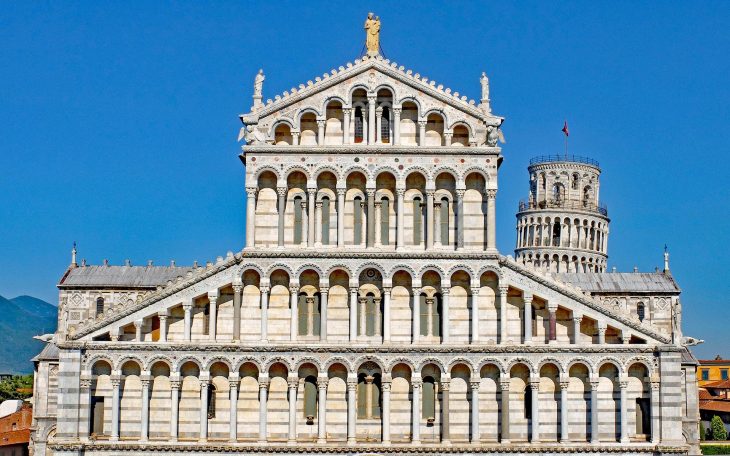
Pisa Cathedral, located in Piazza Dei Miracoli, was built by Buscheto in 1064. This cathedral displays a Pisan Romanesque architectural style. The four-part exterior facade is distinguished by its arches and colonnades. The tomb of the architect is located in the left arcade. On the outside, you’ll also find bronze doors dating back to 1180. You will find the Duomo’s pulpit of Pisano and mosaics in its apse, as well as the painting The Tombs of Emperor of Camaino.
3. Battistero di San Giovanni
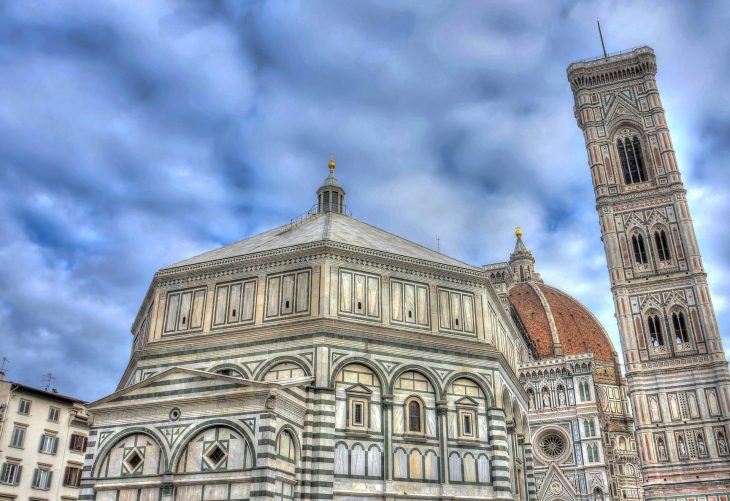
You can find the baptismal font for Saint Giovanni opposite the Duomo at Piazza dei Miracoli. The original round Baptistery was built in Romanesque style. However, the Pisano brothers completed it in Gothic style due to a lack of financial resources. Nicola Pisano also created the marble pulpit, 1260. Da Como created the inlaid marble baptismal fountain. This combi ticket includes the Baptistery.
4. Camposanto
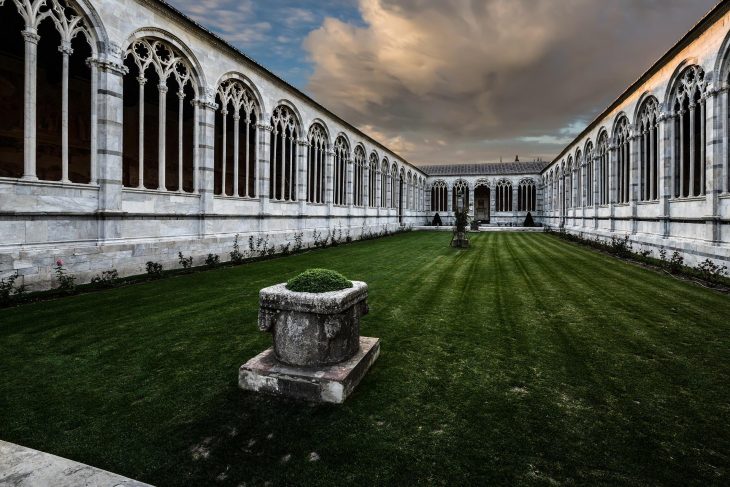
The Camposanto is a fourth landmark in the Piazza Dei Miracoli. Di Simone started construction on this cemetery in 1278. According to legends, the structure with its marble arcades may have been filled with earth from the Holy Land. Beautiful frescoes were also found, but only a small number of them survived the bombing of Second World War. This combi ticket includes the Camposanto.
5. Chiesa di Santa Maria della Spina
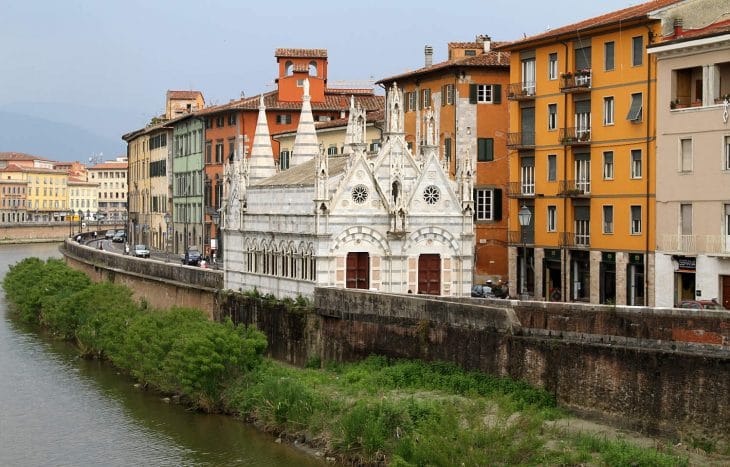
Santa Maria della Spina, a church located on the banks the Arno. It isn’t the original site where the church was built. The Santa Maria della Spina, which was destroyed by the flood of the Arno in 1871, was rebuilt in the current location. The church is distinguished by its many Gothic pinnacles and spires, as well as the niches in which statues depicting apostles and saints can be found. It was built in the 13th and 14th centuries to protect a precious relic. The relic contained a thorn (in Italian, spina) taken from the crown of thorns that Jesus Christ wore. This was a gift from Pisan merchant.
6. Visit Piazza dei Cavalieiri
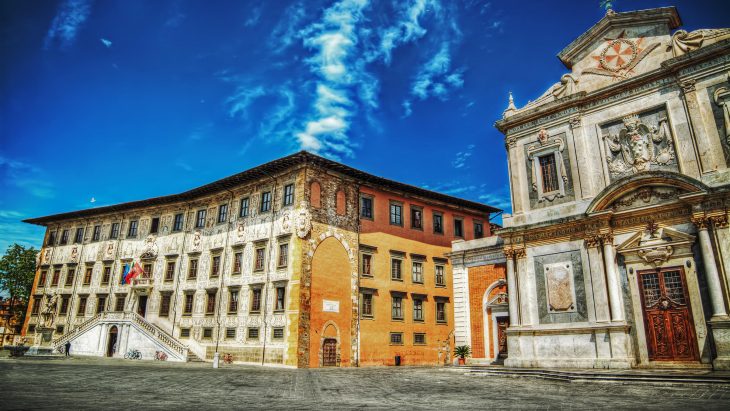
Piazza dei Cavalieiri is another famous piazza in Pisa Italy. The famous Palazzo dei Cavalieiri is located in the square. It houses the Scuola Superiore, one of the most important parts of the University of Pisa. Vasari, a famous architect and artist, designed this building in 1562. The building’s distinctive features include the use of black and white sgraffito and decorations made from wet lime. The Palazzo was once part of Pisa’s university. It was also the headquarters for the Cavalieri di Saint Stefano. This knighthood is named after the church located in this square. The Chiesa di Santo Stefano dei Cavalieri, built by Vasari and others in 1565, was originally intended for the knighthood which was founded by Cosimo deMedici. It is remarkable that this church’s facade was designed by Cosimo’s illegitimate son.
7. You can walk along the city walls.
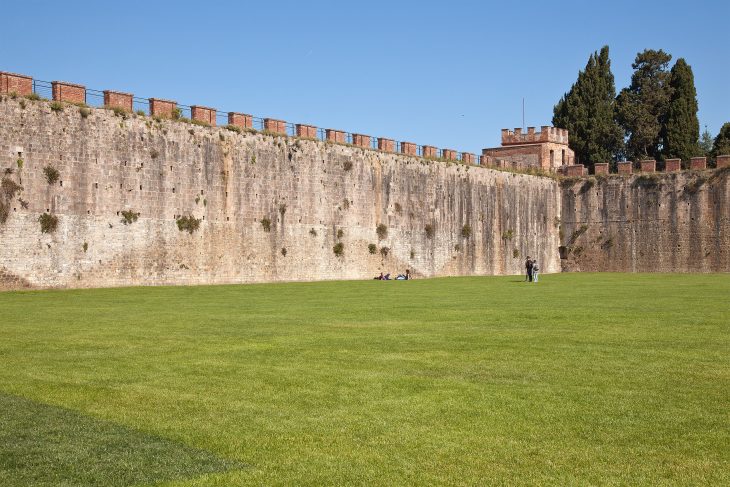
You can also take a peaceful walk in Pisa Italy if you don’t want to do much. Camminamento delle Mura di Pisa is a famous walk that takes you along the Arno, and then over the walls of Pisa. Enjoy the stunning views and delicious gelatos at the many ice cream stands along the route. Pisa’s city walls are some of the most well-preserved city walls in Europe. They are more than a century old. The ticket is approximately three euros each and can be used only once. You can see the stunning structures of Piazza dei Miracoli again from the top. Your trip ends at the Torre del Piagge. You can also leave the walls at several locations.
8. Palazzo Blu
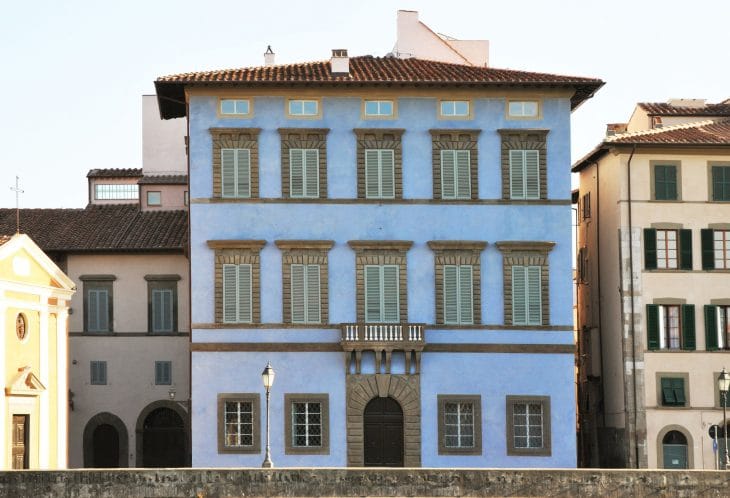
Palazzo Blu, also known as Palazzo Giuli Rosselmini Gualandi, is a museum that hosts many cultural activities and temporary art exhibits. Fondazione Palazzo Blue maintains the museum, which is located in Pisa’s historic centre. Its name derives from the blue color discovered during an architectural restoration. It is not surprising that the color was chosen by the Russian family who took over the palace at the turn of the eighteenth-century. A permanent collection is also kept at Palazzo Blu, which is divided into three sections. It includes objects dating back to the founding of Pisa and the Simoneschi collection, as well as the state apartments. The auditorium hosts many conferences, workshops, and events (info & tickets).
9. Borgo Stretto

Pisa’s most well-known street is Borgo Stretto. It’s a shopping street that boasts many palace porticos from the fourteenth and fifteenth centuries. The street begins at Ponte di Mezzo, and continues in the direction to the Pisa towers. You will pass Piazza del Puzetto on your way. Here you’ll find a copy Madonna dei Vetturini, by Nino Pisano, in a tabernacle. This street also contains the medieval Chiesa San Michele. It was built on the spot where an earlier temple to the Roman god Mars was built. You will find works by Rosselli, Nino Pisano, Lupo di Francesco and others in this Gothic-style church.
10. Giardino Scotto is a great place to visit
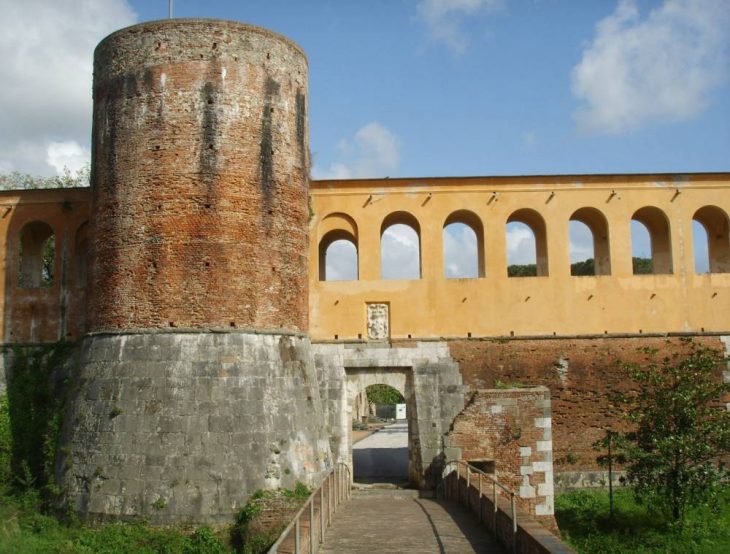
The Giardino Scotto, or Cittadela Nuova, is a park in the city of Pisa. These grounds were home to the Church of San Andrea, which was established in 1095. Many crafts were also performed here during the middle of the Middle Ages. After Pisa was taken to Florence, the Florentines made it a fortress. Domenico Scotto took control of the fortress in 1785. Private gardens were then established behind the fortress by Scotto in 1936. The gardens were then donated to the city of Pisa, and became a park.
11. Orto e Museo Botanico di Pisa
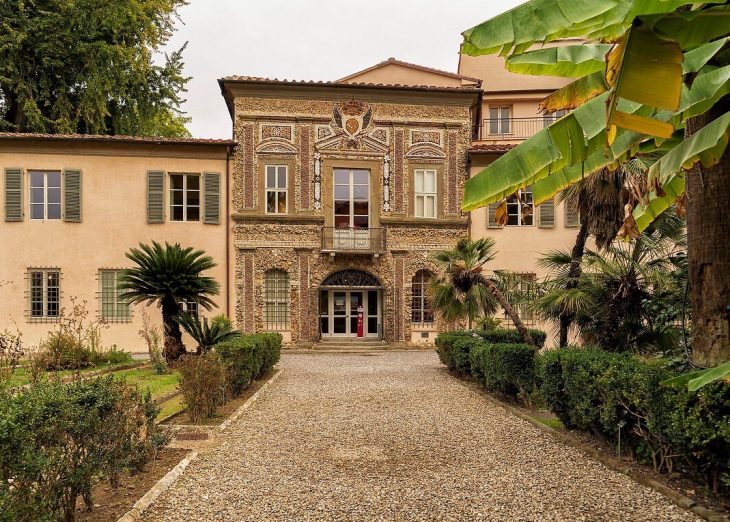
The University of Pisa currently has the Orto Botanico di Pisa, which is Italy’s oldest botanical garden. It was established by Cosimo I in 1544. The botanical garden was managed by Luca Ghini, a botanist. There are several areas in the garden, including a botanical school, greenhouses, ponds, and buildings that are worth seeing. The herb gardens, the old botanical institute, and large tree gardens (website) are must-sees.
12. Pisa sightseeing by bicycle
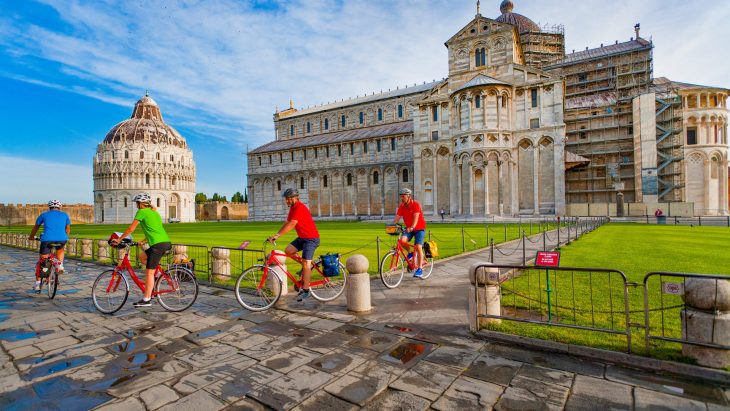
Bike riding is a great way to explore Pisa. You will be able to cycle for three hours with a guide, taking you along the famous sights of Pisa. You can also listen to the bike tour guide tell stories and anecdotes about the city’s history. Learn more about the Pisa bike tour.
13. Museo di San Matteo – Points of Interest

The Arno is a medieval monastery that has an elaborate Gothic façade. The building was used as a prison for many years, but it was eventually converted into a museum that focuses on Pisan sculpture and painting from the twelfth through the fifteenth centuries. The crucifix of San Ranierino, by Giunta Pisano, is a real eye-catcher. This museum also houses medieval art and Islamic pottery. The code miniatures section, which houses the Calci Bible (museum site), is another impressive section.
14. Mural Tuttomondo, Keith Haring
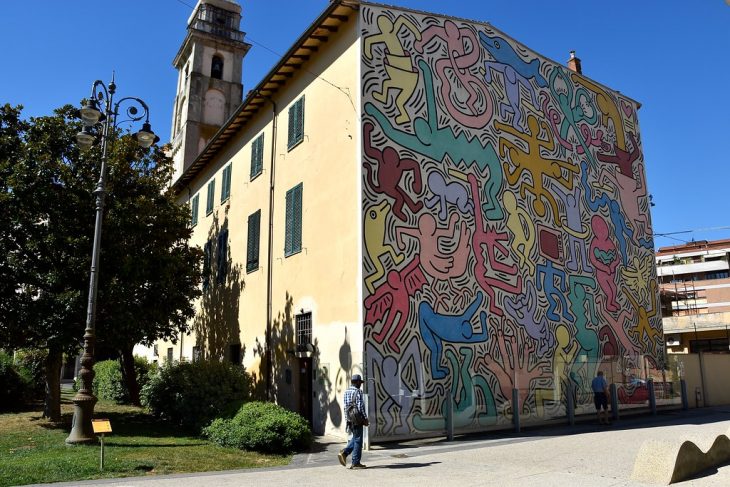
Keith Harring’s final mural can also be found in Tuscan and is free to view. Tuttomondo is the name of the artwork and it is one of the few murals that have been permanently painted by Harring. The artwork can be found in the Monastery of San Antonio, near Piazza Vittorio Emanuele II. This artwork was created just a few months prior to Harring’s passing in 1989. It measures 180 square metres in area and contains thirty figures. These symbols represent peace and tolerance.
15. Basilica Romanica di San Piero a Grado
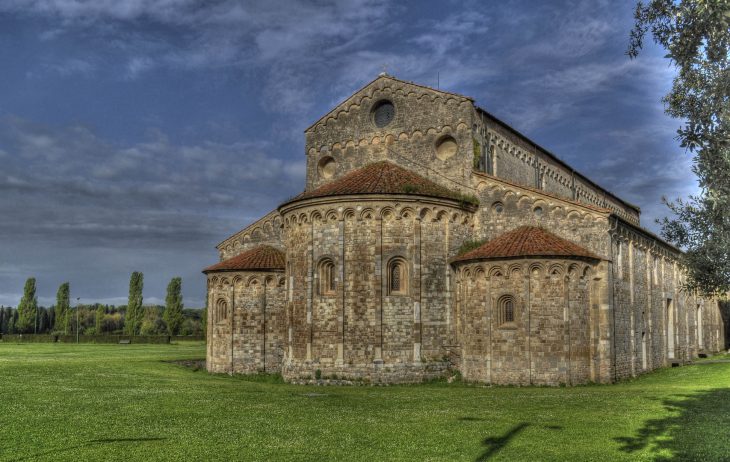
Just outside Pisa is the church of San Piero a Grado. Built on the spot where once stood the Pisa gateway, the church was constructed. This is the place where Saint Peter, according to legends, landed in Italy. Only the base of the bell tower was rebuilt after the Second World War. Although the interior is tranquil, it does contain some nice sights. The chapel is where Saint Peter first prayed in Italy. Orlandi’s huge fresco from the late 14th century can be found on the wall. Portraits of Popes John the XVIII to Saint Peter will be found on the wall.
